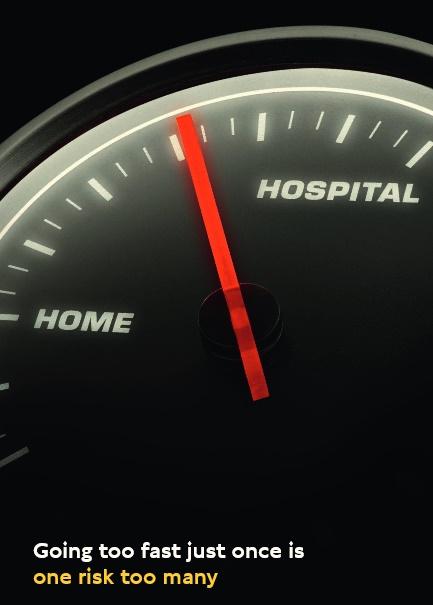- News
- Reviews
- Bikes
- Accessories
- Accessories - misc
- Computer mounts
- Bags
- Bar ends
- Bike bags & cases
- Bottle cages
- Bottles
- Cameras
- Car racks
- Child seats
- Computers
- Glasses
- GPS units
- Helmets
- Lights - front
- Lights - rear
- Lights - sets
- Locks
- Mirrors
- Mudguards
- Racks
- Pumps & CO2 inflators
- Puncture kits
- Reflectives
- Smart watches
- Stands and racks
- Trailers
- Clothing
- Components
- Bar tape & grips
- Bottom brackets
- Brake & gear cables
- Brake & STI levers
- Brake pads & spares
- Brakes
- Cassettes & freewheels
- Chains
- Chainsets & chainrings
- Derailleurs - front
- Derailleurs - rear
- Forks
- Gear levers & shifters
- Groupsets
- Handlebars & extensions
- Headsets
- Hubs
- Inner tubes
- Pedals
- Quick releases & skewers
- Saddles
- Seatposts
- Stems
- Wheels
- Tyres
- Health, fitness and nutrition
- Tools and workshop
- Miscellaneous
- Cross country mountain bikes
- Tubeless valves
- Buyers Guides
- Features
- Forum
- Recommends
- Podcast
news
 TfL road safety advert.jpg
TfL road safety advert.jpgOperation Safeway expanded to coincide with launch of new TfL safety campaign
Operation Safeway has been expanded to target three times as many junctions across the capital. The move also coincides with a new Transport for London (TfL) advertising campaign designed to raise awareness of the kinds of behaviour liable to cause collisions on the road.
The expansion of Operation Safeway will see officers covering over 300 locations, targeting offences include speeding, careless driving, jumping red lights, drink and drug impaired driving, using a mobile phone while driving, unlicensed and uninsured drivers and dangerous vehicle defects.
In addition to this, posters and radio adverts have started running this week highlighting dangerous behaviour and reminding people that ‘one risk is one too many’.
Mayor of London, Boris Johnson MP, said:
"Improving road safety is one of my top priorities and as the clocks go back and we head towards winter it’s the right time for us to redouble our efforts. This partnership between the police and TfL will see increased, targeted enforcement of the law, as well as educating Londoners about how to keep safe and the importance of looking out for one another. By doing this we can continue to make real progress towards my target of significantly reducing the number of people killed and seriously injured on our roads."
Launched by the Metropolitan Police Service and TfL in late 2013 after six London cyclists were killed in a fortnight on the capital’s streets, Operation Safeway was relaunched earlier this year after a threefold rise in deaths in the opening weeks of 2015 compared to the year before.
However, the initiative has often come in for criticism from cycling campaigners for issues such as officers stopping cyclists and telling them they should be wearing a cycle helmet or high-visibility clothing, neither of which are required under the Highway Code.
Between April 1, 2015 and September 8, 2015, 3,142 motorists and 494 cyclists were reported for traffic offences as part of Operation Safeway.
TfL has also this week published ‘Safe London Streets: our approach’, which sets out how, working closely with the boroughs, it plans to tackle sources of road danger and achieve the Mayor’s target to halve the number of people killed and seriously injured on the Capital’s roads by 2020.
It lists five main sources of road danger:
- Travelling too fast
- Becoming distracted
- Undertaking risky manoeuvres
- Drink or drug use while driving
- Failing to comply with the law
Leon Daniels, TfL’s Managing Director of Surface Transport, said:
"Across London, the number of people killed or seriously injured continues to fall. However, both the Mayor and TfL are clear that no-one can rest until our roads are as safe as we can possibly make them. By focusing our attention on these five sources of danger, we can prioritise the main causes of deaths and serious injuries and take further steps to eradicate the risk of these collisions from occurring."
Alex has written for more cricket publications than the rest of the road.cc team combined. Despite the apparent evidence of this picture, he doesn't especially like cake.
I find it fascinating how careless driving is not considered dangerous by the law.
" in what appears to be two random, completely unprovoked attacks."...
You could get away with much less turning area required if you go for a Kakeya set...
Insured yes, through BC, no.
Any chance we could have bike reviews for people with normal disposable incomes? My ti bike cost £2k, brilliant, versatile.....
I built a gravel bike last summer - a Ridley Kanzo Fast with Campag Ekar - and have used it through the winter with mudguards for club runs and the...
It's only for a minute
Another Conservative bemused at how but a Conservative policy is turning out
would be good to see you test the Newmen wheels the weight/price ratio is extremely good and suggests that europeans can match the chinese in this...